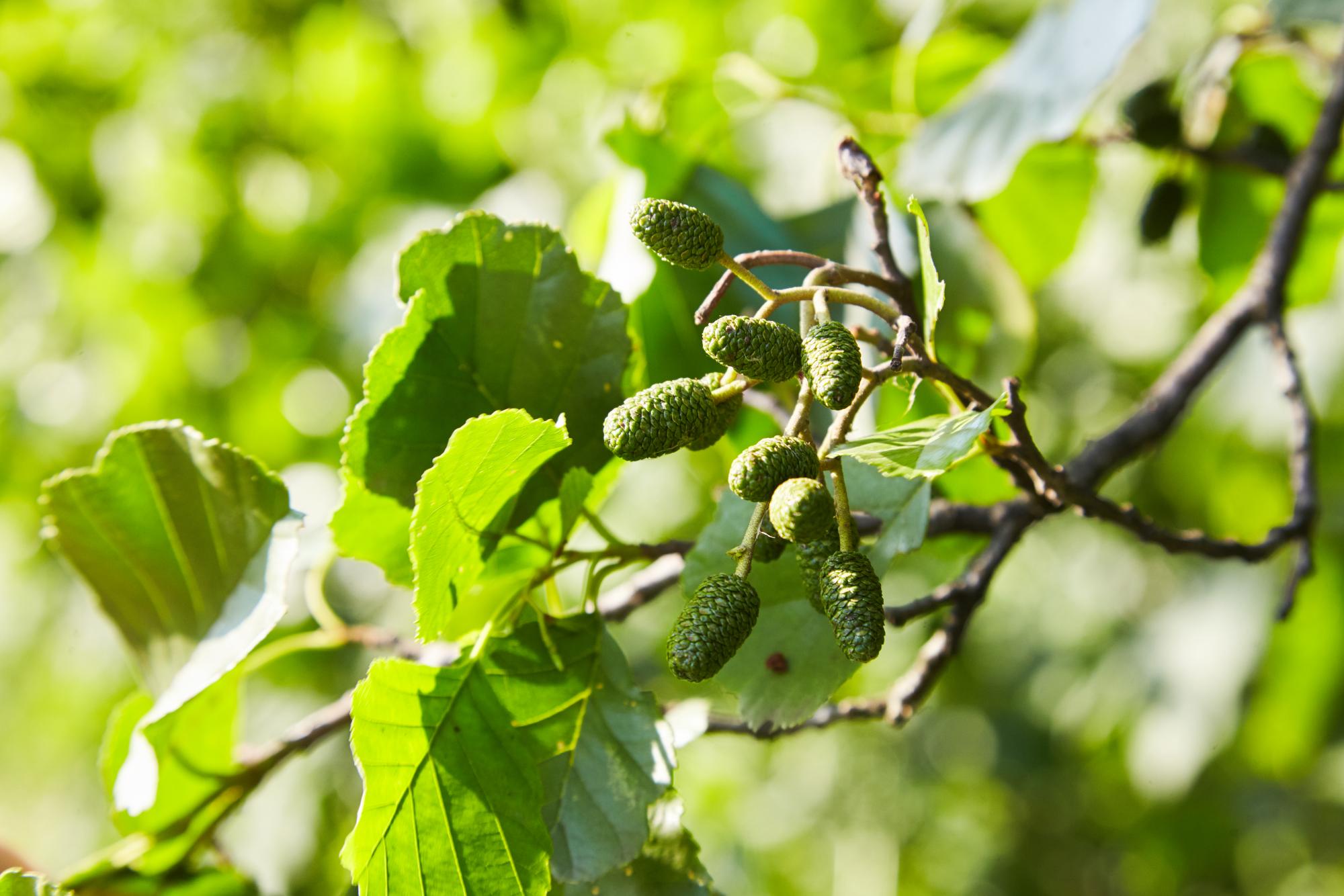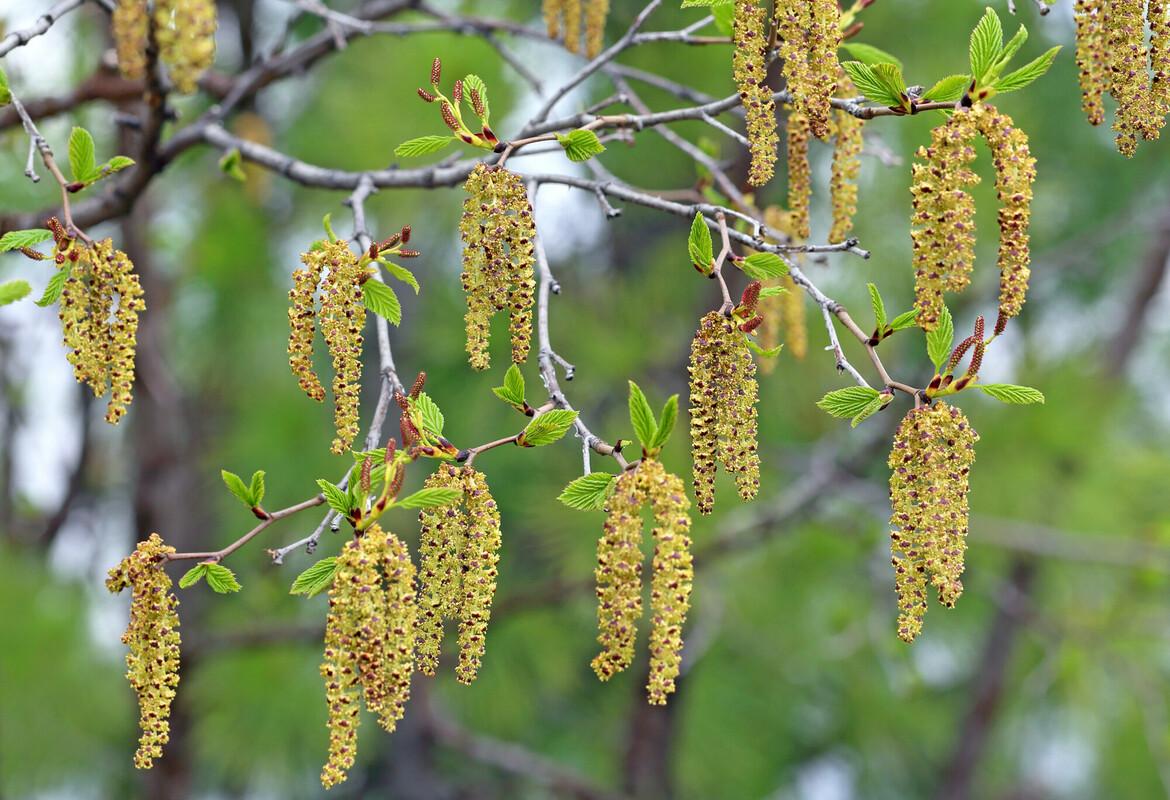
Species Name: Alnus glutinosa
Common alder, or black alder, can grow up to 25m in height and live for around 60 years. It is the only alder native to Britain. It is classed as a pioneer species, as it can grow well in a range of conditions, and once planted, normally gains height very quickly.
Dark and fissured bark. Its twigs are light brown with orange spots. The Latin name "glutinosa" means sticky - given to the alder for the stickiness of its young twigs.
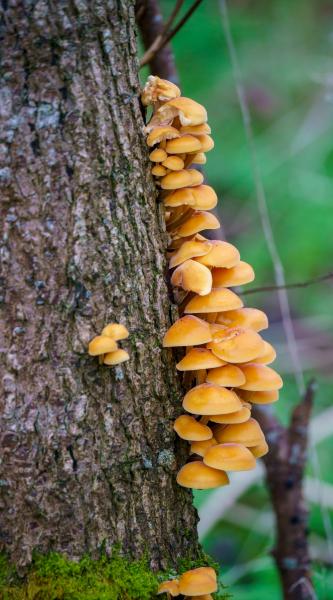
Alder leaves are slightly rounded, with a small indent in the middle, making it appear to have two lobes.
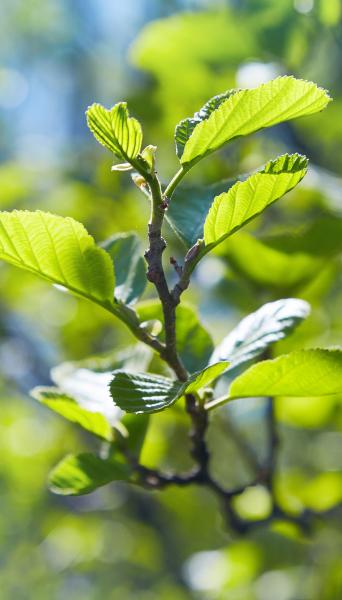
The catkins (female flowers once pollinated) are a very distinctive shape, and start out as bright green/light yellow in the spring, and turn brown throughout the seasons.
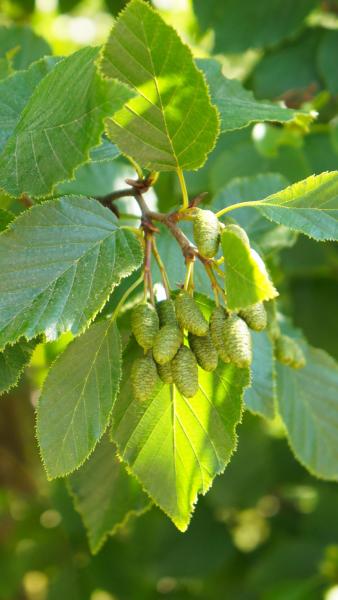
Alders grow well in both woodland and open areas throughout the Forest, but tend to like damper soils - especially on marshes, near rivers and lakes, and in other wetland areas.
In Celtic mythology, alders have been known to symbolize the balance between male and female. This is because the alder trees have both male and female flowers.
It is also a symbol of fertility as the alder tree can grow and thrive in poor nutrient environments, converting them into fertile landscapes, rich in plant and animal life.
Alder wood does not rot in wet conditions and hardens when left in water; it was for this reason that it was apparently chosen as a vital material in building the foundations of much of Venice.
The electric guitar manufacturer Fender has used alder as the hardwood for guitar bodies since the 1950’s.
The alder tree has Nitrogen fixing capabilities, meaning it can take atmospheric Nitrogen, and transfer it into the soil, which helps develop the macrobial and microbial life, improving overall soil fertility. The alder moth (as the name implies) is linked with this tree, as part of its life cycle, using it as a place to lay its eggs and for its larvae to feed on the leaves.
The catkins of the alder possess air-tight cavities in their walls, so if they drop into the water, they will float! They will be taken downstream to end up on another bank or shoreline, ensuring the tree's seed can spread far and wide.
3% of the trees we are planting in the Forest this season are alder trees.
